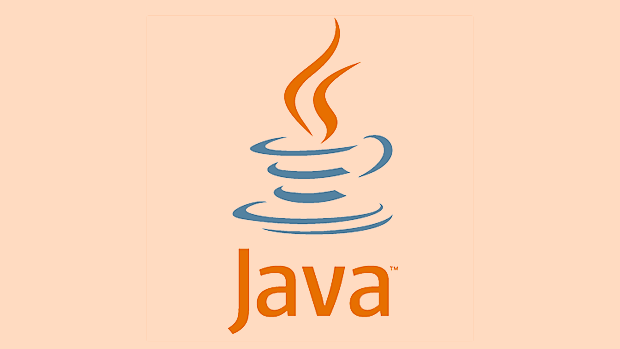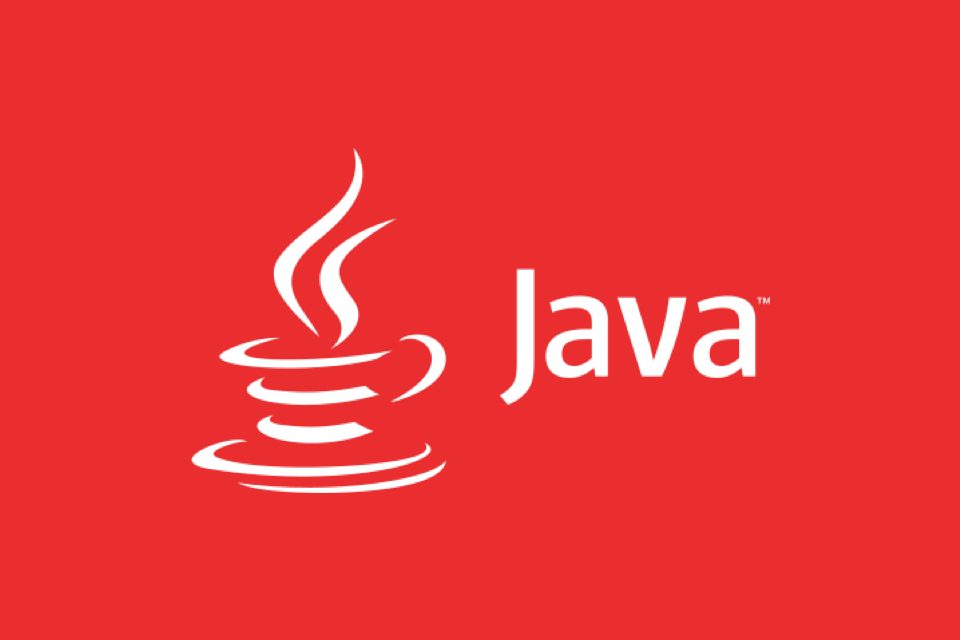The core reason for writing Kubernetes Operator in Java is to reduce the cost of switching technology stacks, especially on the basis of existing Java application stacks, which facilitates debugging, testing and CI/CD integration; 1. JOSDK provides well-encapsulated annotation and callback mechanisms to simplify the development process; 2. Development steps include introducing dependencies, defining CRDs, writing Reconcilers, and starting the main program; 3. Notes include version compatibility, RBAC permission configuration, local debugging difficulties and performance overhead; 4. The deployment process is to build jar packages, create images, configure RBAC, deploy pods, and continuously maintain logs and version upgrades.

It sounds a bit complicated to write operators in Java on Kubernetes, but in fact the core idea is to enable Kubernetes to "understand" the intention of your application and automatically help you with deployment, scaling, and health checks. Java itself is not the most mainstream language ecosystem, but if you are already using Java for back-end services, it is easy to write operators with it, especially now there are tools like the Java Operator SDK (JOSDK).

Why would you consider writing Kubernetes Operator in Java?
The Operator mode of Kubernetes essentially encodes operation and maintenance knowledge into controller logic. Although Go is the official recommended language, Java is widely used in enterprise-level development and has high team familiarity. If your application stack is mainly Java, writing Operator in the same language can reduce the cost of switching technology stacks, and debugging, testing and integration of CI/CD processes will be smoother.
Moreover, JOSDK provides a good package, lowering the threshold for writing CRD controllers. You don’t need to be very proficient in the Kubernetes API and can get started quickly.

How to start writing a Java Operator?
If you want to develop Operators in Java, the first step is to choose a good framework. The most common one at present is the Java Operator SDK , which provides a set of annotation and callback mechanisms to allow you to focus on business logic rather than underlying resource monitoring.
The basic steps are as follows:

- Introducing dependencies: such as the client library related to
operator-frameworkandio.fabric8 - Define your custom resource (CRD), which can be represented by POJO
- Write Reconciler class to handle creation, update, deletion and other events
- Start the Operator main program and connect to the Kubernetes cluster
For example: You want to write an Operator to manage your own database backup tasks. You can define a CRD called BackupTask , and then implement it in Reconciler when this resource is created, the Operator will automatically trigger a Job or CronJob to execute the backup script.
What pitfalls should be paid attention to in actual use?
Although Java Operator is convenient, there are some places that are easy to get stuck in:
- Version compatibility : The corresponding Kubernetes versions of different versions of JOSDK may vary, especially the structure of CRD and API group names are prone to errors.
- Permission configuration : Operator needs to access specific resources when running, and RBAC settings must be accurate, otherwise a
Forbiddenerror will be reported. - Local debugging trouble : Unlike Go, you can run locally and connect to the cluster directly, Java Operators usually need to be deployed to the cluster to be fully tested.
- Performance overhead : The Java application itself is slow to start and has high memory usage. If the Operator is just listening for events and responding to resource changes, it does not require too high performance, but you should also pay attention to resource limitation settings.
It is recommended to use Minikube to set up a small environmental test in the early stage of development to avoid affecting the production cluster.
How to deploy and maintain Java Operator?
After writing the code, the Operator is generally packaged into a container image and deployed to the cluster through Deployment or Pod. You can think of it as a normal microservice, except that its responsibility is to "observe and control other resources."
The deployment process is roughly as follows:
- Build the project into an executable jar package
- Make a Docker image and push it to the repository
- Create corresponding RBAC configuration files (ServiceAccount, Role, RoleBinding)
- Deploy the Operator Pod and make sure it works properly
In terms of maintenance, remember to check the log regularly to confirm that there is no reconcile failure. If the CRD structure changes, pay attention to version compatibility when upgrading and write migration scripts if necessary.
Basically that's it. Java writing Operator is not the lightest choice, but it is quite practical under the existing Java ecosystem. As long as you clarify the relationship between CRD and Controller, the rest is to write the logic according to the routine.
The above is the detailed content of Java Kubernetes Operators for Application Management. For more information, please follow other related articles on the PHP Chinese website!

Hot AI Tools

Undress AI Tool
Undress images for free

Undresser.AI Undress
AI-powered app for creating realistic nude photos

AI Clothes Remover
Online AI tool for removing clothes from photos.

Clothoff.io
AI clothes remover

Video Face Swap
Swap faces in any video effortlessly with our completely free AI face swap tool!

Hot Article

Hot Tools

Notepad++7.3.1
Easy-to-use and free code editor

SublimeText3 Chinese version
Chinese version, very easy to use

Zend Studio 13.0.1
Powerful PHP integrated development environment

Dreamweaver CS6
Visual web development tools

SublimeText3 Mac version
God-level code editing software (SublimeText3)

Hot Topics
 Difference between HashMap and Hashtable?
Jun 24, 2025 pm 09:41 PM
Difference between HashMap and Hashtable?
Jun 24, 2025 pm 09:41 PM
The difference between HashMap and Hashtable is mainly reflected in thread safety, null value support and performance. 1. In terms of thread safety, Hashtable is thread-safe, and its methods are mostly synchronous methods, while HashMap does not perform synchronization processing, which is not thread-safe; 2. In terms of null value support, HashMap allows one null key and multiple null values, while Hashtable does not allow null keys or values, otherwise a NullPointerException will be thrown; 3. In terms of performance, HashMap is more efficient because there is no synchronization mechanism, and Hashtable has a low locking performance for each operation. It is recommended to use ConcurrentHashMap instead.
 Why do we need wrapper classes?
Jun 28, 2025 am 01:01 AM
Why do we need wrapper classes?
Jun 28, 2025 am 01:01 AM
Java uses wrapper classes because basic data types cannot directly participate in object-oriented operations, and object forms are often required in actual needs; 1. Collection classes can only store objects, such as Lists use automatic boxing to store numerical values; 2. Generics do not support basic types, and packaging classes must be used as type parameters; 3. Packaging classes can represent null values ??to distinguish unset or missing data; 4. Packaging classes provide practical methods such as string conversion to facilitate data parsing and processing, so in scenarios where these characteristics are needed, packaging classes are indispensable.
 What are static methods in interfaces?
Jun 24, 2025 pm 10:57 PM
What are static methods in interfaces?
Jun 24, 2025 pm 10:57 PM
StaticmethodsininterfaceswereintroducedinJava8toallowutilityfunctionswithintheinterfaceitself.BeforeJava8,suchfunctionsrequiredseparatehelperclasses,leadingtodisorganizedcode.Now,staticmethodsprovidethreekeybenefits:1)theyenableutilitymethodsdirectly
 How does JIT compiler optimize code?
Jun 24, 2025 pm 10:45 PM
How does JIT compiler optimize code?
Jun 24, 2025 pm 10:45 PM
The JIT compiler optimizes code through four methods: method inline, hot spot detection and compilation, type speculation and devirtualization, and redundant operation elimination. 1. Method inline reduces call overhead and inserts frequently called small methods directly into the call; 2. Hot spot detection and high-frequency code execution and centrally optimize it to save resources; 3. Type speculation collects runtime type information to achieve devirtualization calls, improving efficiency; 4. Redundant operations eliminate useless calculations and inspections based on operational data deletion, enhancing performance.
 What is an instance initializer block?
Jun 25, 2025 pm 12:21 PM
What is an instance initializer block?
Jun 25, 2025 pm 12:21 PM
Instance initialization blocks are used in Java to run initialization logic when creating objects, which are executed before the constructor. It is suitable for scenarios where multiple constructors share initialization code, complex field initialization, or anonymous class initialization scenarios. Unlike static initialization blocks, it is executed every time it is instantiated, while static initialization blocks only run once when the class is loaded.
 What is the `final` keyword for variables?
Jun 24, 2025 pm 07:29 PM
What is the `final` keyword for variables?
Jun 24, 2025 pm 07:29 PM
InJava,thefinalkeywordpreventsavariable’svaluefrombeingchangedafterassignment,butitsbehaviordiffersforprimitivesandobjectreferences.Forprimitivevariables,finalmakesthevalueconstant,asinfinalintMAX_SPEED=100;wherereassignmentcausesanerror.Forobjectref
 What is the Factory pattern?
Jun 24, 2025 pm 11:29 PM
What is the Factory pattern?
Jun 24, 2025 pm 11:29 PM
Factory mode is used to encapsulate object creation logic, making the code more flexible, easy to maintain, and loosely coupled. The core answer is: by centrally managing object creation logic, hiding implementation details, and supporting the creation of multiple related objects. The specific description is as follows: the factory mode handes object creation to a special factory class or method for processing, avoiding the use of newClass() directly; it is suitable for scenarios where multiple types of related objects are created, creation logic may change, and implementation details need to be hidden; for example, in the payment processor, Stripe, PayPal and other instances are created through factories; its implementation includes the object returned by the factory class based on input parameters, and all objects realize a common interface; common variants include simple factories, factory methods and abstract factories, which are suitable for different complexities.
 What is type casting?
Jun 24, 2025 pm 11:09 PM
What is type casting?
Jun 24, 2025 pm 11:09 PM
There are two types of conversion: implicit and explicit. 1. Implicit conversion occurs automatically, such as converting int to double; 2. Explicit conversion requires manual operation, such as using (int)myDouble. A case where type conversion is required includes processing user input, mathematical operations, or passing different types of values ??between functions. Issues that need to be noted are: turning floating-point numbers into integers will truncate the fractional part, turning large types into small types may lead to data loss, and some languages ??do not allow direct conversion of specific types. A proper understanding of language conversion rules helps avoid errors.






